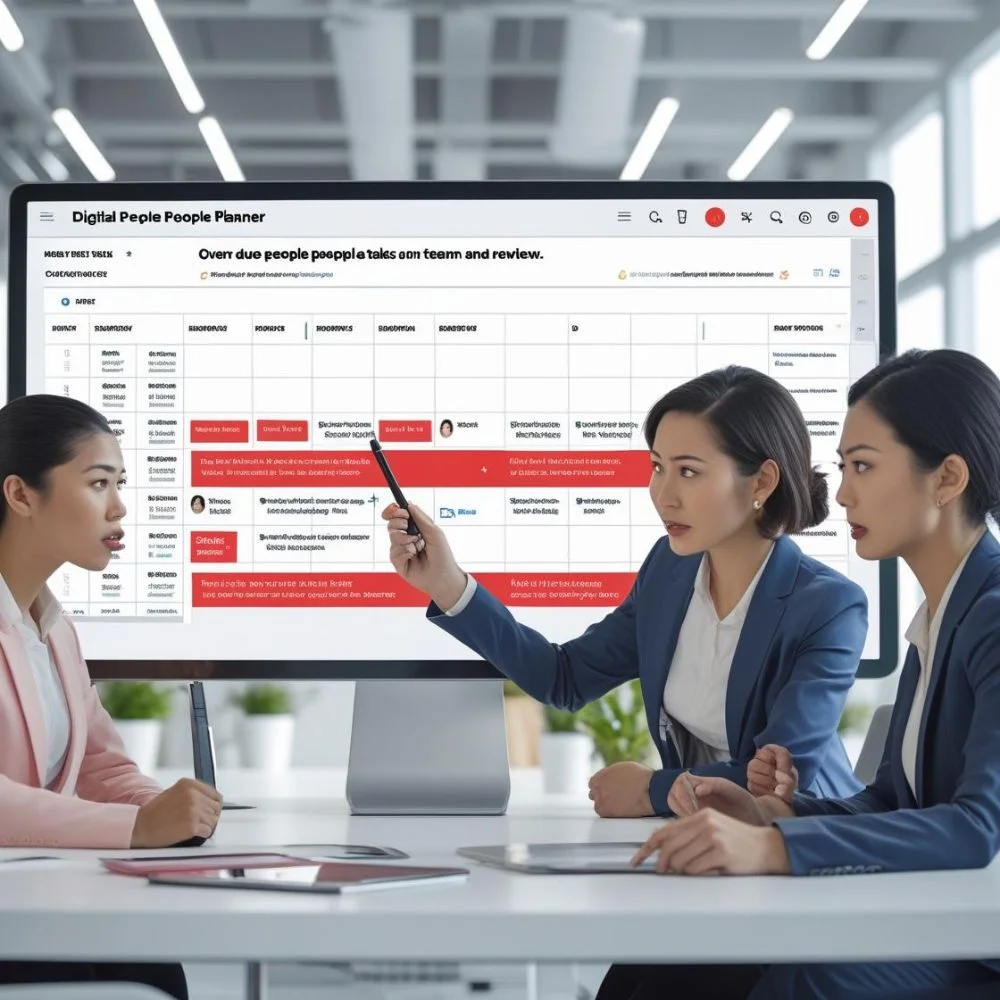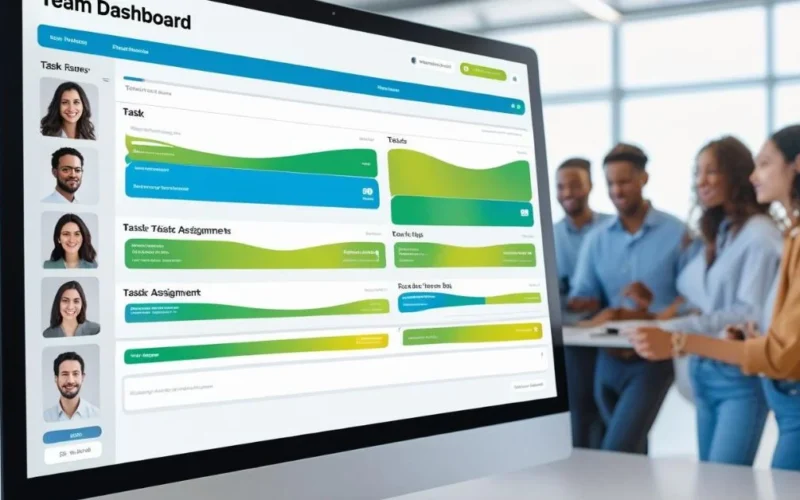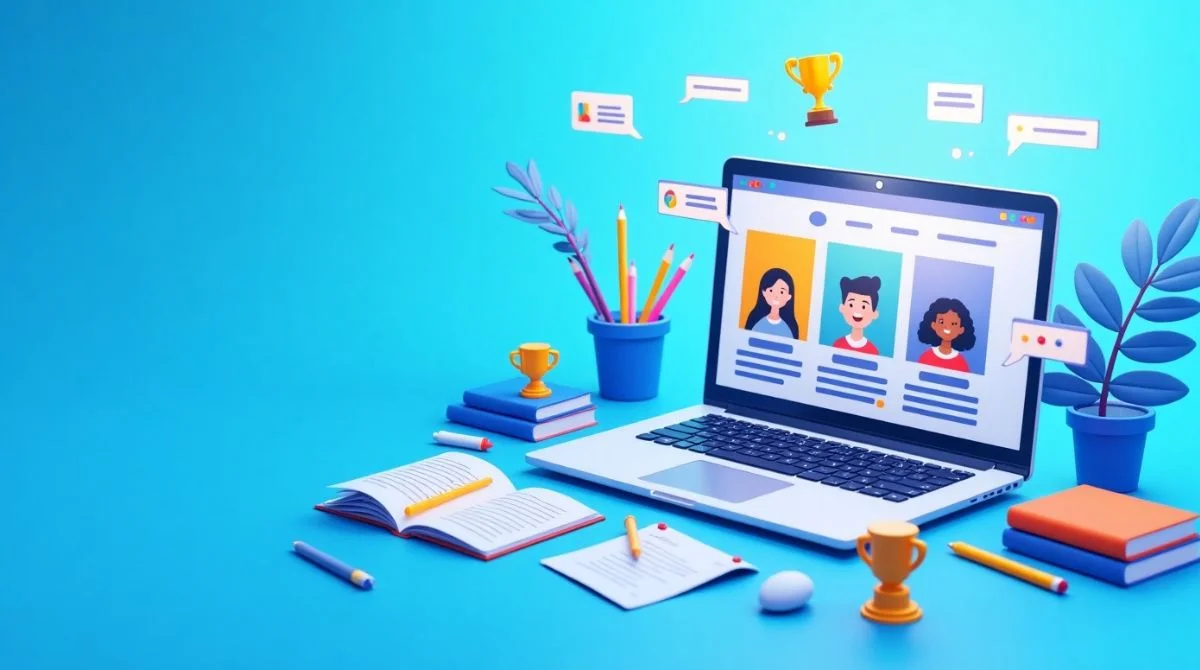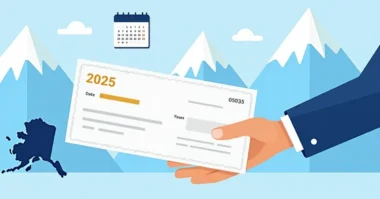Table of Contents
- Introduction
- What Is a People Planner?
- Why You Should Use a People Planner?
- Step 1: Set Clear Goals
- Step 2: List All Team Members
- Step 3: Assign Tasks
- Step 4: Set Deadlines
- Step 5: Track Progress with the People Planner
- Step 6: Manage Changes in the People Planner
- Step 7: Use a Digital People Planner for Better Results
- Step 8: Review Team Performance
- Step 9: Solve Problems Using a People Planner
- Step 10: Keep Improving Your People Planner Use
- Conclusion
Introduction
Using a people planner is an easy and smart way to manage tasks, organize teams, and track work in simple steps. A helps in assigning tasks to the right people and checking work progress without missing anything. Many companies and individuals tend to stay on time, complete work correctly, and manage their daily schedules.
What Is a People Planner?
A people planner is a simple but powerful tool used to manage people, tasks, and time in one place. It helps team leaders, managers, teachers, and workers stay organized by showing who needs to do what and when. It ensures that everyone is clear about their duties and deadlines.
The main goal is to keep the team in sync. It reduces confusion, avoids missed deadlines, and improves communication. Whether for managing a project, it helps you stay focused and get work done smoothly.
It helps in:
- Planning tasks
- Assigning work to people
- Tracking time
- Following project deadlines
- Checking team performance
Using this makes work more organized and easier to manage.
Why You Should Use a People Planner?

Using a people planner brings many benefits to your daily work and team management. It helps you stay organized, manage time better, and make sure everyone knows their responsibilities. By having a clear plan in one place, you can avoid confusion and keep work running smoothly. Some important reasons to use a include:
- Helps to manage tasks in the right order
- Makes it simple to track progress
- Reduces confusion in teams
- Saves time by planning ahead
- Improves team communication
- Avoids missing deadlines
It is useful for both small teams and big companies because it keeps everyone focused and working together.
Step 1: Set Clear Goals
The first step in using it is to set clear goals. You should know what you want to achieve and when you want to finish the work. Goals can be daily, weekly, or monthly.
1. How to Set Goals?
- Write down all your main goals
- Break big goals into smaller tasks
- Add deadlines for each task
- Make sure all goals are realistic
- Setting clear goals helps you stay focused and gives your team a clear direction.
Step 2: List All Team Members
After setting your goals, the next step is to list all the people in your team in the people planner. This helps you see who is part of the project and makes it easier to assign the right tasks to the right people. Having everyone listed in one place also improves communication and keeps the team organized from the start. This will help you assign work to the right person.
1. Why Listing People Is Important?
- Makes it easier to assign tasks
- Helps track who is responsible
- Supports better communication
- Write each team member’s name, role, and contact information clearly in the people planner.
Step 3: Assign Tasks
The third step is to assign tasks to each person in your planner. Everyone understands their role, which reduces confusion and prevents delays. It also helps team members stay focused and take responsibility for their part of the project.
1. Tips for Assigning Tasks:
- Match tasks to people’s skills
- Make sure everyone has the right amount of work
- Write clear task details
- Using a people planner for task assignment helps prevent confusion and improves teamwork.
Step 4: Set Deadlines
Setting deadlines is a key part of using a people planner because it gives the team a clear timeline to follow. Deadlines keep everyone focused, help manage time better, and reduce last-minute pressure. When people know when tasks are due, they can plan their work properly and complete it on time.
1. How to Set Useful Deadlines?
- Choose realistic dates
- Allow extra time for hard tasks
- Check deadlines regularly
- The people planner should show all deadlines clearly so the whole team can follow the timeline.
Step 5: Track Progress with the People Planner
A good people planner helps you see how much work is already done and what still needs to be completed. By regularly tracking progress, you can spot delays or issues early and fix them before they become bigger problems. This keeps the project moving smoothly.
1. Best Ways to Track Progress:
- Update the people planner every day
- Use colors or marks to show progress
- Review the planner weekly
- Tracking progress in a people planner helps your team stay focused and complete work on time.
Step 6: Manage Changes in the People Planner
Sometimes, tasks or team plans can change.It makes it easy to manage changes quickly and keep everyone informed.
1. How to Handle Changes?
- Update tasks and deadlines quickly
- Inform all team members about changes
- Keep records of changes in the people planner
- Managing changes well helps avoid delays and keeps the work smooth.
Step 7: Use a Digital People Planner for Better Results
Many people now use digital planners because they are faster and easier to share online. Digital people planners can be used on computers or phones.
1. Benefits of Digital People Planners:
- Easy to update and share
- Can send reminders automatically
- Can be used from anywhere
- Helps large teams work together
- Digital people planners save time and improve teamwork, especially for remote teams.
Step 8: Review Team Performance
It also helps in checking team performance. Regular reviews help you understand what is going well and what needs to improve.
1. How to Review Performance?
- Check if tasks were done on time
- See who may need extra support
- Learn from past work for future planning
- Reviewing performance improves future results and builds stronger teams.
Step 9: Solve Problems Using a People Planner

1. Problem-Solving Tips:
- Use the people planner to find what went wrong
- Adjust tasks and deadlines quickly
- Talk with team members to fix issues
- It keeps all team information in one place, which makes solving problems easier.
Step 10: Keep Improving Your People Planner Use
Learning to use a better planner over time makes your planning stronger. Always look for ways to make your people planner work better for you and your team.
1. How to Improve?
- Ask team members for feedback
- Try new planning styles
- Use helpful tools like reminders
- Keep the planner clear and simple
- Constant improvement helps you get the best results from your people planner.
Conclusion
Using a people planner is a smart and simple way to manage teams, track work, and reach your goals on time. By following this step-by-step guide to using a people planner, you can make your daily work easier, more organized, and more successful. It is not just for managers; it is useful for anyone who wants to plan work, manage people, and finish tasks correctly. Whether you use a paper or a digital tool, the key to success is using the planner daily and improving it over time.








